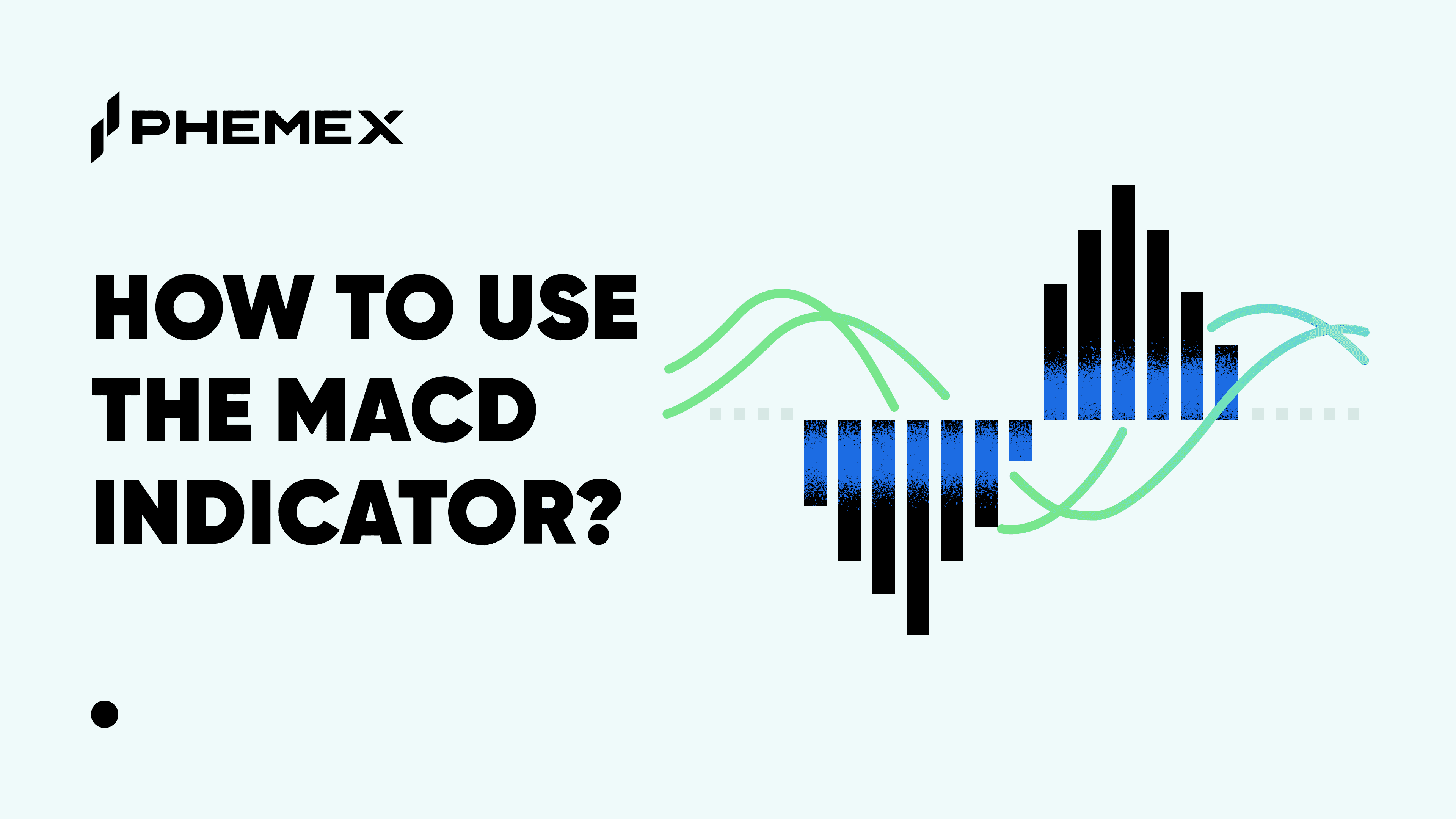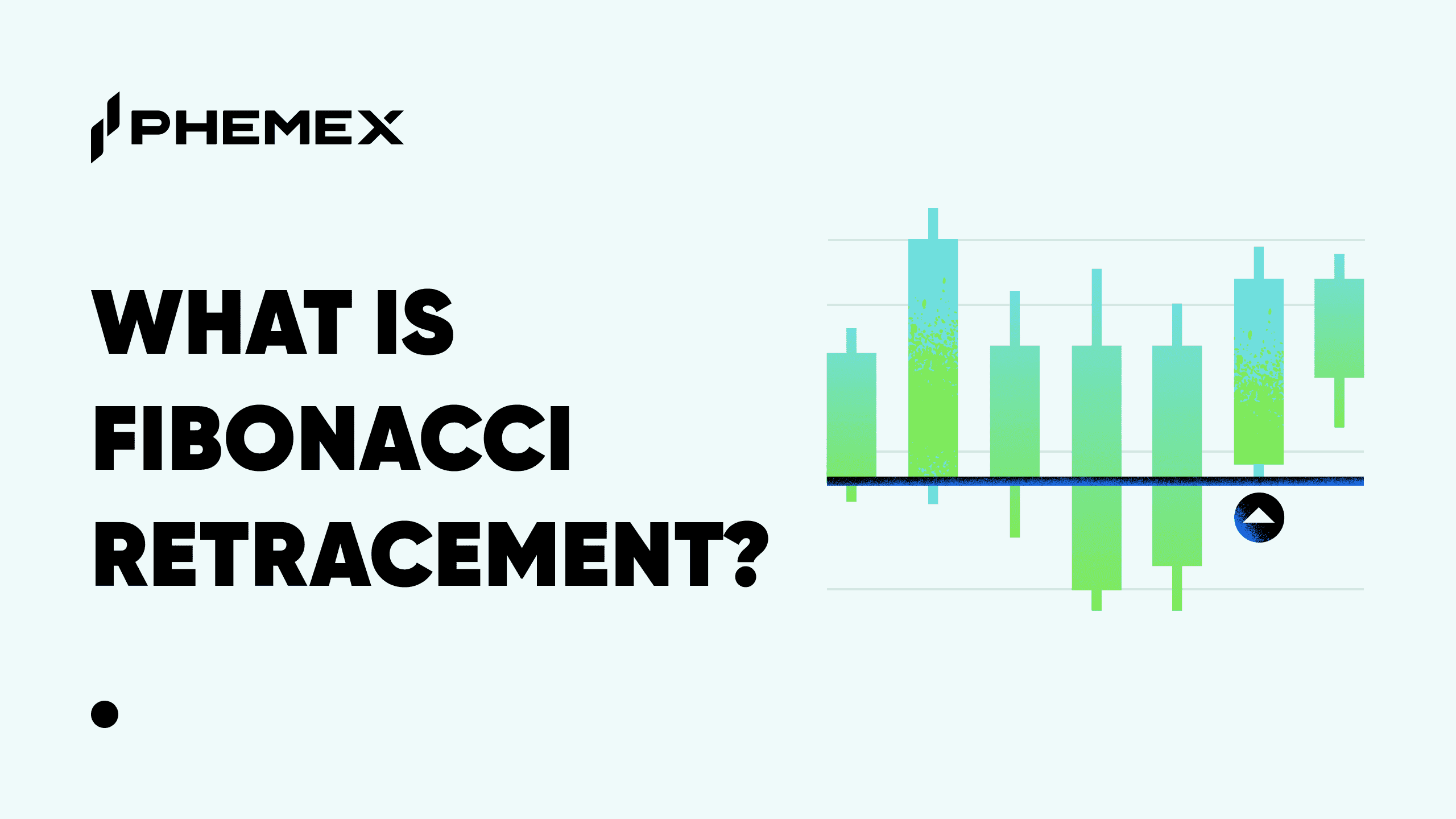Summary
- The simple moving average (SMA) is a technical indicator that calculates the average closing price of an asset over a period of time to measure its market performance for that period.
- SMA Trading is a strategy traders use to spot trends, predict market movements, and set entry and exit points.
When it comes to trading strategy, especially regarding technical indicators to predict market movements, the phrase ‘past performance is not indicative of future results’ is stated as law. While this is a good rule of thumb to have, more so in cryptocurrency markets where volatility is high, and liquidity is low, this isn’t always the right assumption.
In many cases, an asset with a track record of performing well will continue to do so in the long-term, giving traders every reason to break the ‘past performance’ rule and bet on its appreciation. Statistical analysis methods give traders a plethora of tools to analyze prior market movements and trends to make informed judgments about when to invest and when to pull out.

What Is The Simple Moving Average (SMA)?
Traders flock to markets where there’s money to be made. Volatility may go hand-in-hand with risk, but it also offers the chance to make incredible gains over a short span of time with little initial capital. The simple moving average (SMA) is a technical indicator that calculates the average closing price of an asset over a period of time to measure its market performance for that period.
Generally, SMA curves smooth out the irrelevant information and focus more on long-term trends. A great number of trading tools depend on simple moving averages, and for a good reason. Few other indicators are as reputed, reliable, or simple to use.
There are many different kinds of moving averages, but between the various simple, exponential, and weighted MAs in different time frames, they are all used to generate a plot on charts to establish a relationship between them and the price. The plots may move in different directions producing lines of varying slopes to inform traders about historical data and use concepts of divergence, support, and resistance levels, as well as overbought and oversold zones.
Moving averages are so versatile that they can even be used to examine other moving averages. This versatility has been observed across time, leading to its consistent usage among traders today despite its origins dating back to 1901 – nearly a hundred years ago.
Short and Long Moving Averages
SMA Trading is a strategy traders use to spot trends, predict market movements, and set entry and exit points. A moving average’s direction often indicates the prevalent price trend for that period. Short moving averages detect and respond quickly to price changes, while longer MAs take more time to reflect market events.
Historical Data and Trend Analyses
Past performance can be, but it certainly isn’t always indicative of future performance. Moving averages are a classic example of indicators that represent historical data, and relying on their signals all the time can prove disastrous. During strong trends, markets tend to adhere to MA laws, but unpredictable markets don’t always like to play fair.
Choppy price action can generate mixed signals, indicating quick, successive trend reversals that can’t be used reliably. During these situations, traders tend to use one or more indicators to clarify their suspicions. Even the most lauded moving average signs can trigger losing trades when viewed in isolation.
How to Use Simple Moving Average in Trading?
As mentioned above, moving averages tend to work better during strong trends and are more unreliable in choppy or ranging markets. While longer time-frames can mitigate the issues present in more volatile markets, like any indicator, an MA not 100% accurate.
Moving averages are an essential tool for traders to identify price trends and their potential for change. While many traders simply use the indicator to gauge trend direction, more experienced traders compare various MAs’ performance on different time-scales. Generally, a shorter SMA trending above long-term MAs indicates an incoming uptrend, while the opposite indicates a potential for bearish movements.
MAs are scattered across different spans, making life difficult for traders as trends can vary depending on the time-scale. For example, what appears to be an uptrend from the 50-day moving average may be eclipsed by a downtrend signaled from longer MAs.
The Golden Cross & The Death Cross
One of the more popular ‘crossovers’ is the notorious Golden Cross, which occurs when the 50-day moving average crosses above the 200-day MA – a strong signal of imminent upward movement. The opposite, the Death Cross, takes place when the 200-DMA travels back above the 50-DMA. While these crosses have reeled in gains for many a trader, they aren’t always reliable signals.
High trade volume can often confirm the Golden/Death crosses, but it’s always safer to use another indicator like a momentum oscillator to detect anomalies and divergences.
SMA v.s. EMA
Among the different kinds of moving averages, the main difference between simple and exponential moving averages is their sensitivity to price data changes. The EMA weighs recent prices higher than older prices, while the SMA does not weigh prices differently.
The two indicators, while based on the same fundamental concept, are often used for different purposes. SMAs provide a smoother overview of an asset’s market performance. This makes simple moving averages more favorable for traders working with the daily or weekly time-frames.
EMAs add a portion of the most recent closing price to the previous MA value and are more reactive to sudden real-time market changes. This makes them far more useful for trading intra-day swings.
One issue with the EMA’s greater reactivity to price movements is its susceptibility to false signals and short-term volatility, creating an unusable, zig-zag plot. Bollinger Bands are a technical indicator that places borders two standard-deviations away from either side of the SMA. A move towards the upper boundary can suggest an oversold asset, and drops to the lower edge can signal an overbought market.
The Bollinger Bands v.s. The Standard Deviation
Since standard deviation is a statistic used to measure volatility, the Bollinger Bands are also quick to adjust to market conditions. They are often used in conjunction with moving averages to confirm a pattern or trend.
Drawbacks of Moving Averages in Crypto Trading
Ideally, moving averages present changes in the price of an asset across time, but since each individual asset has its own historical price data, volatility, and market liquidity, there are no blanket rules for how MAs ‘should’ be utilized across different markets. Some investors double down on the ‘past performance’ guidance, stating that MAs are irrelevant and that markets have no memory.
Further, cryptocurrencies tend to present cyclic behavioral patterns that are not trackable with moving averages alone. MAs may be used in heaps to observe trends and profit from predicting market movements. Still, they’re practically useless in markets with no strong prevalent trend, such as ranging or consolidating markets.
Advantages of Moving Averages
Despite their disadvantages in certain situations, moving averages and SMA Trading are widely recognized in trading circles, possibly more so than any other indicator or strategy. In fact, some traders even use these signals in algorithmic trading systems, where a computer judges whether to buy or sell an asset based on calls from the moving averages.
This can be either very convenient or entirely disastrous, especially in crypto-markets. It also isn’t apparent whether recent price data is more important than historical reports for reading signals. While some traders believe that newer information reflects the most recent market trend, others believe that focusing on the performance during specific periods can even bias the overall trend direction.
Moving averages are some of the most notorious indicators in trading. Their ability to provide market trend data on different time-scales is precious, but just as in the case of every other popular lagging indicator, its recognition could be influencing its predictions.
Conclusion
When it comes to any investment or trading strategy, it’s crucial to measure its effectiveness. The excess return or ‘alpha’ is a strategy’s potential to beat the market.
The Efficient Market Hypothesis
One of the biggest debates among economists is the efficient market hypothesis (EMH), according to which the price of an asset reflects all publicly available market information. Proponents of this hypothesis believe that assets always trade at their fair value, making it theoretically impossible to buy undervalued investments and sell at an inflated value.
If markets were actually completely efficient, historical data would tell us nothing about future asset price movements. However, in a recent paper published in the Financial Research Letters, researchers suggest that a variable moving average strategy outperforms the ‘buy-and-hold’ approach for top individual cryptocurrencies or portfolios in general.
Much research has been conducted to analyze the effectiveness of technical indicators in traditional stock and forex markets. Yet, this area of study has been significantly lacking in the cryptocurrency space for quite some time. On examining data from between 2016 and 2018, the paper used a strategy involving a simple variable moving average oscillator against a regular ‘HODL’ plan to draw its conclusions.
However, there are a few caveats to this discovery. For one, the study completely excludes privacy-centric coins and only analyzed the top-ten coin by market capitalization on January 1, 2016. While many of these coins are still operational, some of the assets included, like PPC, MAID, and NMC, are no longer relevant.
Further, the researchers’ MA strategy was slightly different from the one generally used by traders. Instead of using the average closing price over a given period, the paper defines a long-term MA that uses the average logarithm of the asset price for a particular period. It also only focused on buy-positions, with long positions held only until the short-term MA crossed back under the longer MA.
In order to draw broad market conclusions, the study also implemented a multivariate model to test the efficacy of the strategy. It concluded that five out of the ten assessed cryptocurrencies made statistically significant gains trading the 20-day moving average, producing a 46.5% annual return in place of the 36.9% returns from the buy-and-hold strategy.
The strategy also saw some success using the 50-day MA, producing a 3.65% higher return on average. However, the paper also reports that the holding strategy performs better over extended periods for diversified cryptocurrency portfolios.
Removing Bitcoin from the calculations also sees a drop in the additional gains from this strategy, but other large market-cap coins like ETH showed impressive results across all MA strategies. This flies in the face of the efficient market hypothesis, as past performance acts as a relatively reliable indicator of future results.
Key Takeaways
The cryptocurrency market is far from efficient, but then again, no market is entirely efficient. This presents a lot of opportunities for participants to profit from high-frequency trading. Moving averages help quantify how strong the current trend is, which lets traders visualize potential market movements and support/resistance levels.
As the blockchain industry grows, more use-cases and applications should drive further research into technical analysis fields. Still, as prominent indicators like oscillators, moving averages, and volatility metrics continue to function reliably enough, their use is unlikely to diminish any time soon.
Read More
- What is, And How to Trade Crypto With The Moving Average?
- What is MESA Adaptive Moving Average Indicator (MAMA)?
- Exponential Moving Average (EMA): The Most Important Moving Average Indicator
- How to Read Crypto Charts: Learn Trading Chart Patterns
- What is The Least Squared Moving Average (LSMA): How To Trade With This Indicator?
- What Is Trend Trading: Following the Market When It Pays
- What Is Momentum Trading? Profiting from Market Volatility
- Crypto Price Action Trading Strategy










